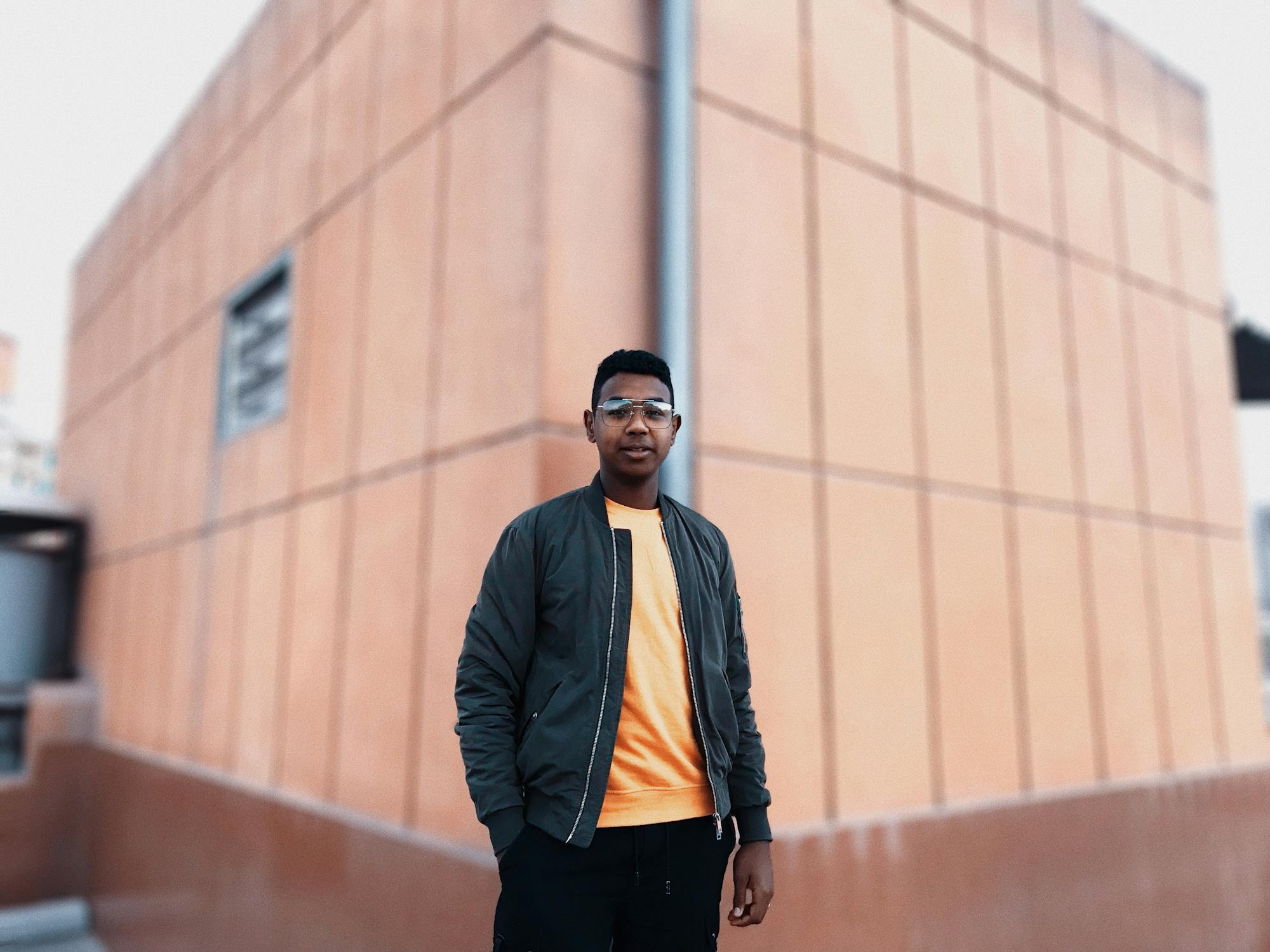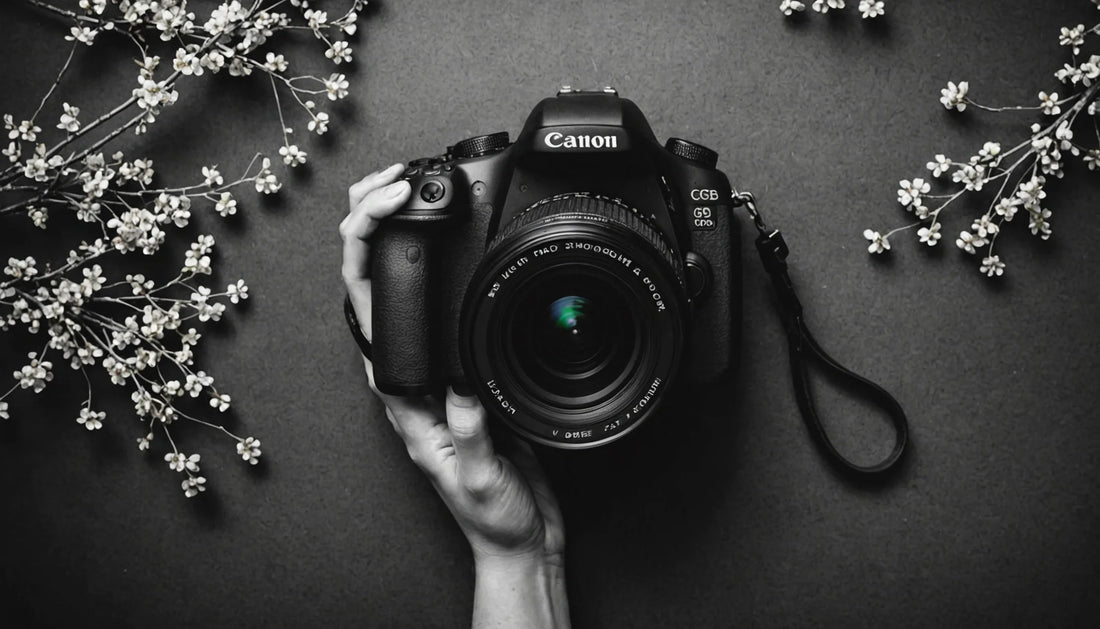The Swazi live in Swaziland at the southeastern part of South Africa. They speak the Bantu language which is closely related to the Zulu language. The Swazi is part of the San’s people who depend on farm produce such as millets and other grains for sustenance. Their main occupation is farming with a large section of the people engaged in pastoral farming precisely the rearing of cattle. Owing to this they also produce milk from the cows reared. Their farmlands are ruled by chiefs and his cabinet of experienced elders. Women are greatly respected in their communities. The Swazi believed in ancestors. The ancestors were greatly respected and highly honoured.
The people practiced Sculpture and painting. They sculpted milk pots and mural paintings of women. The milk pots were used for storing milk. They were also used in rituals connected with milking and testing of milk before it is used or sold. The milk produced is first tested by chiefs and other authorized persons during the rituals. It is believed by the people that when the milk is tested by the chief, he bestows blessing on it and help in avoiding any spiritual attacks.
The mural paintings of women were used in expressing their ethnic identity as a people and in decorating their homes and shrines. A typical example is the Ndebele paintings. They also made sculptural figures to represent their ancestors which were used in ancestral venerations and rites.
On the other hand, the Baluba live in the eastern and southern parts of Democratic Republic of Congo. They are farmers who practice the matrilineal system of inheritance. Women play significant roles in decision making and politics. They are noted for the practice of several arts. Art was regarded high and artists were greatly respected and given political positions in the society. They believed in ancestors and lesser gods.
The Balubas practiced various forms of art such as sculpture, pottery and weaving. They sculpted a lot of ancestral figures which were predominantly females because of the immense respect they had for women. They wove various fabrics in cotton and made several pots, bowls etc. The ancestral figures were used in ancestral veneration with the numerous female sculptures with the aim of highlighting the important roles women played in their social, religious, economic, cultural and political lives of the people. The pots and bowls were for storage purposes and in performing household chores. The female figures served as fertility charms for the women to bear numerous children which were a compulsory duty in the society.
Their female sculptural forms bore these characteristics. The postures included standing and kneeling figures supported with small stools. The head is exaggerated and covered with an elaborate hairstyle. The forehead is protruded with the nose elongated. The breast is conical, relatively small and points downwards. The figures carry bowls signifying that women are supposed to be hard working. The form shows a lot of roundness and curves symbols of femininity tenderness. The legs of the kneeling figures are elongated and folded back to form a long and stable base for the big bowls held between the knees with an elongated torso and abdomen symbolizing fertility. The abdomen and the back of the figures were decorated various scarifications in high relief. The surface of the figures is smoothened and highly polished.





